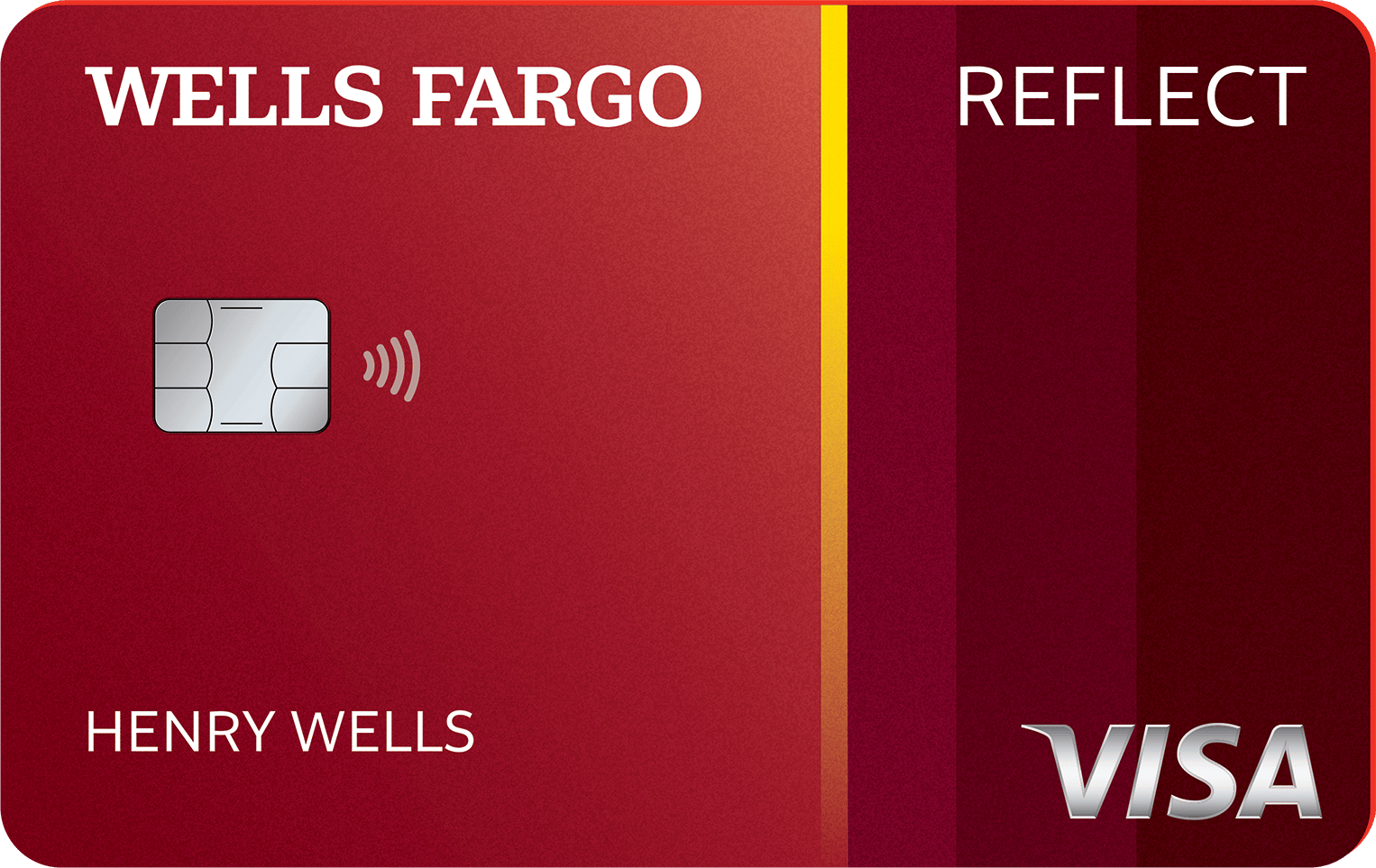How we chose the best balance transfer business credit card
NerdWallet rates business credit cards on their overall value. Factors in that evaluation include fees, rewards, eligibility criteria and other noteworthy perks. For balance transfer business credit cards, we paid particularly close attention to the following:
Key features for balance transfer business cards
🤓 How long is the intro APR period? We only considered cards with 0% intro APRs for balance transfers, with a period of a year or longer ideal.
🤓 How long do you have to transfer a balance? Even if an intro APR period lasts a year, you may not have that whole time to take advantage of it. Odds are, if you’re opening a balance transfer card, you already have the debt you plan to move. But additional flexibility is appreciated.
🤓 How much is the balance transfer fee? Most card issuers charge you to transfer a balance. This is typically either a percentage of the balance or a flat fee, whichever is more. The smaller the fee, the better.
🤓 What other benefits does the card offer? Balance transfer cards serve a distinct purpose. Still, it’s a plus when they include features like ongoing cash back that ensure you’ll use the card once its intro APR period ends.
What’s the best balance transfer business credit card?
The PNC Visa® Business Credit Card is our pick for best balance transfer business credit card. But it’s a somewhat tepid recommendation.
Let’s start with the good: The card offers a substantial intro APR period. At 13 months, that’s pretty much longer than you’re going to find for most business credit cards — even for those with 0% APR on purchases only. After that intro period ends, any balance remaining on the card will inherit a variable APR that currently ranges from 17.24% to 27.24%. Those are competitive rates, and the lowest bound is better than many major cards. (Keep in mind that you’ll likely need excellent credit, a FICO score of 720 or above, to get that rate.)
There’s also a long, 90-day runway to transfer balances, and existing PNC banking customers can apply online. If you don’t already have a PNC business account, you’ll need to call or visit a branch. PNC has more than 2,200 locations across 28 states, plus the District of Columbia. That’s a solid footprint, especially compared to other banks with balance transfer business cards.
The downsides start with the card’s fees. While the PNC Visa® Business Credit Card has no annual fee, the balance transfer charge will likely offset those savings — and then some. You have to pay $5 or 5% of each balance transferred, whichever is greater. Almost all issuers charge such fees, but 5% is a couple potentially costly ticks above some providers. For instance, let’s say you transferred a $5,000 balance. With a 5% charge, you’d end up owing a $250 fee. If that rate was 3%, you’d pay $100 less.
The PNC Visa® Business Credit Card also comes with a 3% foreign transaction fee, so you should avoid using it internationally. In fact, unless you want to take advantage of the intro APR for purchases, you probably won’t want to use this card much period. That’s because you won’t earn any cash back, points or other ongoing rewards.
That might be fine if all you want is the balance transfer offer. But if you’re going to jump through the hoops of getting a new business credit card, it’s nice to have incentives to keep using it beyond just tapping into extra capital.
Other balance transfer credit cards we considered
The State Farm Business Cash Rewards Visa Signature® Card easily would’ve been our top pick — if you didn’t need to be a State Farm customer to qualify. If you already are (or you’re in the market for business insurance), this no-annual-fee card has an 0% intro APR period for 12 months for balance transfers, followed by a variable APR of 19.24% to 28.24%, with a 60-day transfer window. Each transfer has a fee of 3% (minimum $5). The card also offers 3% cash back on State Farm insurance premiums (up to $4,000) annually, as well as on the following: gas stations and electric vehicle charging stations, cell phone service providers, office supply stores and dining. That rivals some of the best cash-back business credit cards.
The Edward Jones Business Plus Mastercard® is another card that requires an affiliation. In this case, you need an Edward Jones financial advisor to be eligible. If you have one, you can take advantage of a 12-month 0% APR offer for balance transfers (with a variable APR of 20.24% to 32.24% thereafter). A nice added perk: If you transfer a balance within the first 60 days after account opening, the 3% transfer fee (minimum $5) is waived. This card earns ongoing Loyalty Points, with a base value of 1.5x points. Prepaid hotels and car rentals booked via Edward Jones’ travel center get the highest rate, at 4x.
Some local banks and credit unions offer business credit cards with 0% APR balance transfer periods as well. However, opening one often requires a branch visit. The Umpqua Bank Visa Business Card stands out among such options, with a 0% APR on balance transfers for a whopping 18 months (variable APR of 17.99% to 26.99% thereafter). There’s a 3% or $5 fee for balance transfers, whichever is greater. Umpqua Bank has branches in Arizona, California, Colorado, Idaho, Nevada, Oregon, Utah and Washington, and this card is issued by Elan Financial Services.
Other regional options pair 12-month intro APRs — shorter than Umpqua Bank, but still solid — with potentially low ongoing rates. The M&T Bank Business Credit Card has an ongoing APR of 15.49% to 22.49% … Entrepreneurs in and around Hollywood can look at the Visa Platinum Business Card from First Entertainment Credit Union, with its ongoing APR of 15.99% to 23.65% … First Citizens Bank’s Low-Interest Business credit card largely lives up to its name, with an ongoing APR of 15.24% to 24.24%.
It’s probably also worth mentioning the U.S. Bank Business Triple Cash Rewards World Elite Mastercard® and U.S. Bank Business Platinum Card. The U.S. Bank Business Triple Cash Rewards World Elite Mastercard® was previously our top choice. Its benefits largely mirror the State Farm Business Cash Rewards Visa Signature® Card (U.S. Bank is the issuer of that card), but without the requirement to be a State Farm customer. The U.S. Bank Business Platinum Card stood out for its 18-month intro APR period. However, as of July 2024, the intro APR offers on these cards only apply to new purchases.
We also didn’t consider cards like the Capital One Spark Cash Select, which don’t charge balance transfer fees (see rates and fees) but also don’t have a 0% intro period. Ditto cards like the Security Service Power Business MasterCard®, which offer excellent APRs on balance transfers (currently 7.90%) — just not 0% ones. Such cards could certainly save you money on higher-interest debt, but potentially not as much as those that slice your APR all the way down to zero.
Can I transfer business debt to a personal credit card?
Sole proprietors can use a personal credit card for business expenses, including transferring debt from a business credit card. In fact, you’ll get longer interest-free periods and more balance transfer card options. But use your new card exclusively for business purposes to avoid tax-related headaches.
Incorporated businesses, including single-member LLCs, should avoid using a personal credit card for business expenses. Using a card in your name, rather than the business name, could jeopardize your limited liability protections — though the personal guarantee means you’re responsible for any debt your business can’t repay anyway.
Keep in mind that moving business debt to a personal card means it will show up on your personal credit report. Transferring a big balance and slowly paying it off could affect your credit utilization ratio and drive down your credit score as a result. That won’t happen with a business credit card, as they typically only affect your personal credit in instances of non-payment.
If a personal card makes sense for you, the Wells Fargo Reflect® Card is a good choice. Its intro APR period (purchases and qualifying balance transfers) stretches nearly two years, and balances transferred within the first 120 days can qualify for that interest-free period. However, the card lacks perks and therefore doesn’t provide much value beyond getting the longest interest-free period possible.

Regular APR
17.74%, 24.24%, or 29.49% Variable APR
For greater utility, consider the Chase Freedom Unlimited®. Its interest-free period is shorter at 15 months (balance transfers and purchases), but it offers a winning combo of a still-long intro APR and ongoing rewards. You’ll earn an unlimited 1.5% cash back on almost all purchases and even more in certain bonus categories. There’s also a cash-back match at the end of your first year or after you spend $20,000.

Chase Freedom Unlimited®
Regular APR
19.99%-28.74% Variable APR
How do balance transfer business credit cards work?
These are the steps involved in transferring a business credit card balance.
-
Choose a balance transfer credit card. Compare cards based on the 0% APR period, balance transfer fee and any ongoing perks or rewards. Keep in mind that issuers typically won’t let you transfer a balance from an existing card in their portfolio (or from the card’s underlying provider — for example, Elan Financial Services for the Umpqua Bank Visa Business Card), so that will affect your pool of options as well.
-
Note your credit limit. If you’re trying to consolidate $20,000 in credit card debt but your credit limit is $15,000, the maximum you’ll be able to transfer to the new card is $15,000 — and the issuer may not approve that entire amount. Business cards tend to come with higher limits than personal cards but may still limit how much you can transfer.
-
Pay the balance transfer fee. Even 0% APR balance transfer business credit cards can come with balance transfer fees. These are usually a percentage of the total balance. For instance, if you’re transferring $10,000 of credit card debt and your card charges a 5% fee, you’ll pay $500.
-
Pay down the transferred debt. If you’re using a 0% APR card, try to pay off your debt before that period ends. Make sure to avoid missing payments as well. Otherwise, your credit card issuer can end your interest-free period early and charge you an even higher APR as a penalty.
-
Pay the ongoing APR after the promotional period ends. If your 0% APR intro period lasts nine billing cycles, then during the tenth billing cycle, you’ll owe whatever ongoing interest rate your card charges on the remaining balance. For example, if you have $2,000 left to pay and your card charges a 20% APR, you’ll owe $33.14 in interest that month.
Read the full article here

